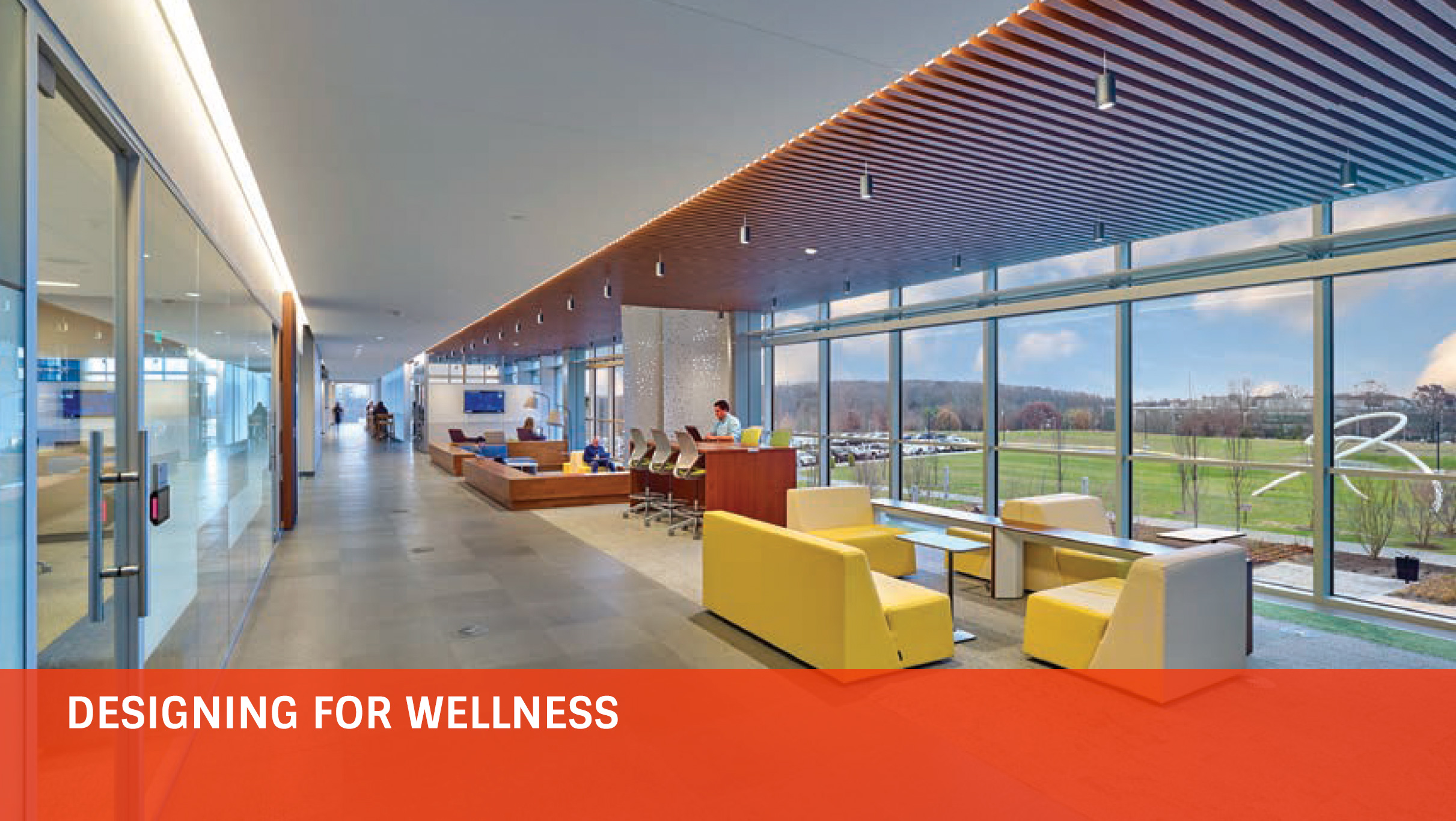Designing for Wellness

Please register in order to enroll in courses. Register
Sponsored By: Construction Business Media
This article explores some of the latest products and solutions improving the air quality, thermal comfort, electric light, and daylight control that can be incorporated into a project. Each improves the wellness of the people in the built environment.
Learning Objective 1: Explain how air circulation improves thermal comfort and alertness.
Learning Objective 2: Describe the ways that increasing the presence of plants and greenery on a project have been shown to clean the air, reduce urban heat island effect, and positively affect the health and wellbeing of people in the built environment.
Learning Objective 3: Summarize how circadian LED lighting technology delivers health benefits—improving overall sleep quality, daytime productivity, and feelings of wellbeing—that modern architectural lighting lacks.
Learning Objective 4: Discuss how using an underfloor air distribution system (UFAD) improves indoor air quality.
Learning Objective 5: Identify the latest advancements in smart window technology that allows these solutions to control glare and solar heat gains, while maintaining views to the outdoors.